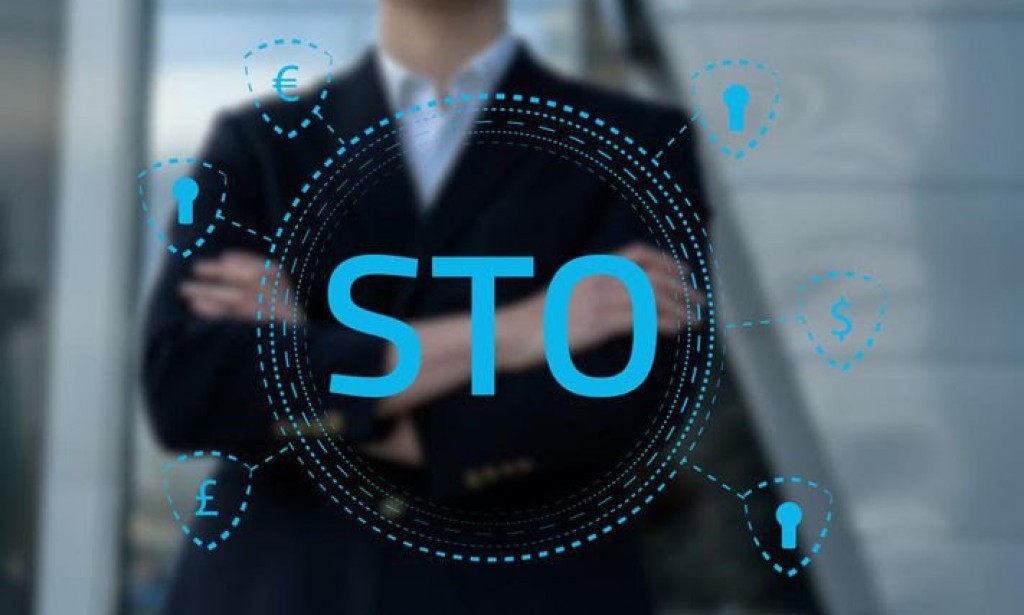Security Token Industry In 2021
Nisa Amoils
Contributor
ForbesWomen
Security Token Offering STO cryptocurrency and blockchain concept.
Photo of Security Token Offering STO[+]GETTY
It’s been a few years since I first started writing about the digitization of finance so it’s worth taking a look back at the real value that has been created since then. I spoke with Kyle Sonlin and Herwig Konings of Security Token Group, which tracks the activity in the market, to talk about the highlights.
Nisa Amoils: What were the achievements in 2020 that we can point to for advancement of the industry?
Kyle Sonlin: 2020 has been a banner year for capital formation and secondary trading. A few examples:
According to Security Token Advisors, 15 countries have defined security tokens around the world;
Of the top 100 largest banks in the world, 39 of them are working on security tokens or blockchain applications, and of the top 10 largest, 7 of them were;
Curzio Research, a private US-based company, completed a security token offering for company equity that listed on a secondary exchange. They used Rule 144 to trade to retail investors! It was the first of its kind;
Tons of new players joined this year like Shareable Asset and Propine from Singapore, there is MountX in Mexico, Akemona in the US, a few new platforms partnered with Securitize to launch in Japan, Max Crowdfund in Germany started doing deals and Currencyworks;
FAT Brands blockchain-based bond was rated by Morningstar and given a higher grade for blockchain usage;
You can now use digital cash to purchase digital securities, per Oasis’s recent FINRA/SEC approval that made them the first in the market to offer this. Using digital cash such as stablecoins, USDC, DAI, Fiat, and CBDCs when available, to purchase digital securities is a big deal; many don’t know you can do that right now. Oasis’s approval for an ATS license to trade security tokens in the US means that brokers and marketplaces can finally move forward, clearing an ongoing bottleneck. This enables subscribers to trade both registered and unregistered securities, OTC, trade equity and debt, all recorded and settled on the blockchain. It would be a miss to overlook the long-standing issues that GameStop, Robinhood, Reddit etc. bring to light without having a serious conversation about the advantages of using digital cash (e.g. stablecoins) and blockchain, for the immediate settlement between counterparties who have a pre-verified, digital ability to complete a trade. Forward-looking trading systems are already matching digital securities with digital cash directly between buyers and sellers, eliminating the central clearing authority issues that can disrupt the market, particularly for volatile securities, by increasing higher margin requirements.
International centralized exchanges have also launched, with dozens more receiving approval in jurisdictions around the world which we expect to see live in 2021. Decentralized exchange Uniswap, which offers a much cheaper option for issuers using the ethereum blockchain, was used by issuers like RealT, Mt Pelerin, and i.AM Labs.
Amoils: What about specific to the United States? Were there any regulations that helped?
Sonlin: Yes, the SEC expansions of the Reg CF capital increase from $1.07 million raised by unaccredited investors to $5 million and the Reg A+ capital increase to $75 million, combined with the accredited investor definition changes (to not be solely based on your wealth but your education) allows more people to participate in capital formation. On the secondary trading side, there were several approvals: Texture Capital, North Capital and Securitize Markets with additional firms like INX jumping into the space as well through acquisition (INX IPO approved by the SEC). This should increase liquidity tremendously and make the process frictionless.
Here are some 2020 Secondary Market Statistics:
Opening Market Cap: $59,339,362.52
Closing market cap: $366,100,103
Cap Change: 516.96%
Total Trading Volume: $69,660,511.35
Vol Change: 1,105.23%
Tzero security token 2020 return ($TZROP): 205.26%
Overstock security token 2020 return ($OSTKO): 195.00%
Amoils: What are you 2021 predictions?
Konings: The security token market cap grew by over 500% in 2020, and the best is still yet to come. I believe this number will continue to grow significantly, reaching over two billion dollars by the end of the year. As larger institutional firms continue to enter into the security token industry, I think we’ll see funds enter this space in a big way in 2021. I predict that over $100M will be raised by security token offerings this year. Worldwide exposure to real estate, private equities, and the hundreds of other security token use cases including art, luxury cars, and sports teams is now possible. I believe the industry on pace to see thousands of security token offerings and over 100 new listings on secondary markets around the world, a 10x improvement from 2020.
Amoils: Is there still infrastructure to be built out along the value chain such as analysts, market makers, transfer agents, etc.?
Konings: Absolutely. Security token infrastructure companies have raised over $30 million to start the year off already and January isn’t even over. I predict we will see a record year of over $500 million be invested into space by VCs and institutions as many players prepare for Series A and B financings.
Amoils: What about the quality of the projects. It’s been several years since Aspencoin pioneered the concept of a trophy real estate property with the Aspen St. Regis Hotel that is now trading on Tzero. What do you see in 2021?
Konings: Tokenized real estate will continue to take the mainstage in the industry as hundreds of real estate offerings of all kinds via all types of instruments and fund vehicles will come to the market this year, offering many investors their first exposure to the asset class




You must be logged in to post a comment.